Winner
Photographer: Dr. Camilla Floros
Title: Pearl Essence
This is a macro photo of the scales from a blue emperor, Lethrinus nebulosus. To most people, the blue emperor would seem like an ordinary silver fish, but close-up, the true beauty of its scales are revealed. In fact, most people would be very surprised to know that the beauty of fish scales has literally been under their noses for decades. Pearl essence, as it is called, is derived from fish scales and has been used in lipsticks and nail polish to give them that shimmery look. Crystals within the fish scales reflect light from many different angles and levels, giving lips and nails a pearly appearance.
Runner Up
Photographer: Morgan Trimble
Title: Endangered Seedlings
Malawi’s national tree, the Mulanje cedar, is critically endangered. It grows atop a single imposing granite massif, Mount Mulanje, where illegal loggers are harvesting them towards extinction. Wood of the Mulanje Cedar is prized for its resistance to fungus, rot and insects and its pleasant odor. Only about five square kilometres of the tree remains on the top of Mount Mulanje. Although threats to the tree have been known for a long time, since it was harvested commercially during the colonial era, the population has continued to decline, and scientists have struggled to understand the complex reasons, which besides physical harvesting, also include fire, environmental conditions and problems with natural recruitment. The Mulanje Mountain Conservation Trust (MMCT) aims to reverse the cedar’s decline. With funding from international donors, it has provided forest guards, boosted tourism and organized an unprecedented treeplanting campaign attempting to plant a million new seedlings over the next few years. Through several years of planting trials and associated scientific studies, they think they have hit upon a method for the greatest success at tree recruitment. Nurseries scattered across the mountains grow seedlings from seeds collected in the wild. The seedlings must reach a certain height before they have a good chance of surviving when they are planted. This photo shows an abstracted view of Mulanje cedar seedlings growing in one of the mountain’s nurseries.
Special Mentions
Photographer: Dr. Dorit Hockman
Title: Links of Bone
A close up of the spine and rib-cage of a late stage embryo of the species Chamaeleo calyptratus, the veiled chameleon. I removed the skin and used skeletal stains to dye the bones of the embryo before using chemical agents to clear the surrounding tissue. I have inverted the image to create an x-ray like quality, which emphasises the developing bones in blue and the cartilage in orange. As the skeleton forms cartilage is gradually replaced by bone. At this stage of development, most of the bones have formed, while the front of the ribs are still formed from cartilage. I was given the opportunity to work with these and embryos of a variety of animals as part of the Embryology Course at the Marine Biological Laboratory in Woods Hole, Massachusetts, while doing my PhD at the University of Cambridge. By comparing the processes of embryonic development, such as the rate of skeleton growth, across different animals we can gain insight into how evolution acts on these processes to allow the diversity of form in the animal kingdom.
Photographer: Morgan Trimble
Title: Spore Print
This photo shows the entire spore print of a mushroom found in a pine forest in Cape Town. Spore prints, a deposit of spores left on paper or other substrate, are an important tool in mycology to identify different mushroom species. It’s created by leaving a mushroom cap (gill-side down and stem removed) on a contrasting sheet of paper or other substrate for a few hours up to a few days. The cap slowly releases spores onto the paper (mimicking what would happen in nature), and a pattern mirroring the mushroom’s spore producing surface is created. The spore color is then assessed, and the print can be further inspected under a microscope to discern features of the spores. This white spore print on black paper belongs to Amanita rubescens, the blusher mushroom. A mushroom is the fruiting body of the larger fungal organism, and its purpose is to produce the spores that lead to reproduction. South Africa has an estimated 172,000 fungal species, most of which are microscopic. However, even the macro fungi that produce mushrooms are not particularly well known.
Photographer: Davide Gaglio
Title: United Ashore
The African penguin (Spheniscus demersus), also known as the jackass penguin and blackfooted penguin is a species of penguin, confined to southern African waters. It is also widely known as the “jackass” penguin for its donkey-like bray, although several related species of South American penguins produce the same sound. Like all extant penguins it is flightless, with a streamlined body, and wings stiffened and flattened into flippers for a marine habitat. It’s hard to believe that APs recently got classified as Endangered by the International Union for the Conservation of Nature. A lot has been done for the protection of this species but more is needed to prevent them edging closer to extinction. There are only a few places left where African penguins are not accustomed to humans. The long exposure was used to capture the waves breaking over the dramatic coastline of Robben island and captures the movement of the African penguins gathering together in their wild element.
Copyright Notice
These SA Science Lens images are protected by copyright. Should anyone wish to use these images, please contact SAASTA at sciencelens@saasta.ac.za.

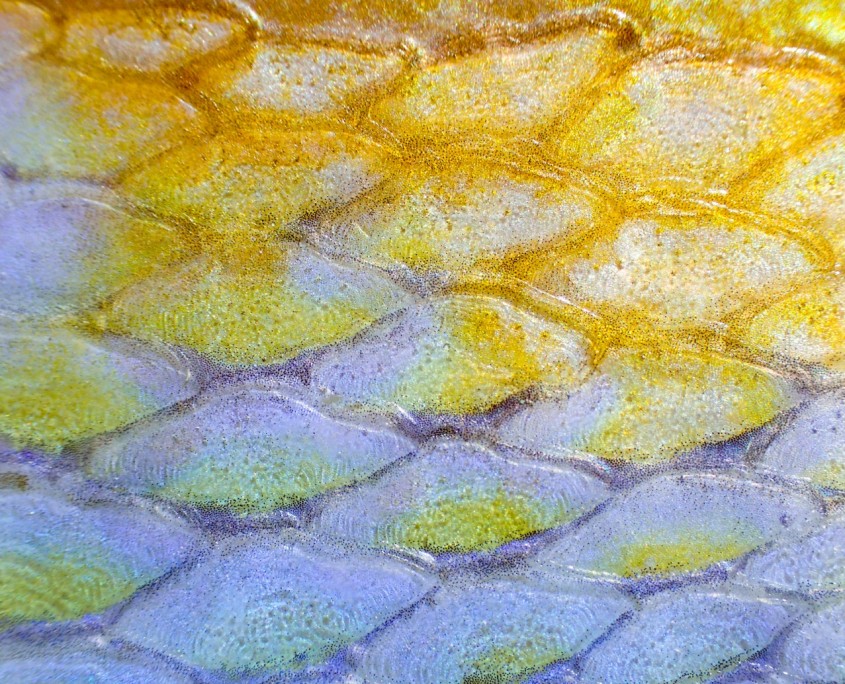
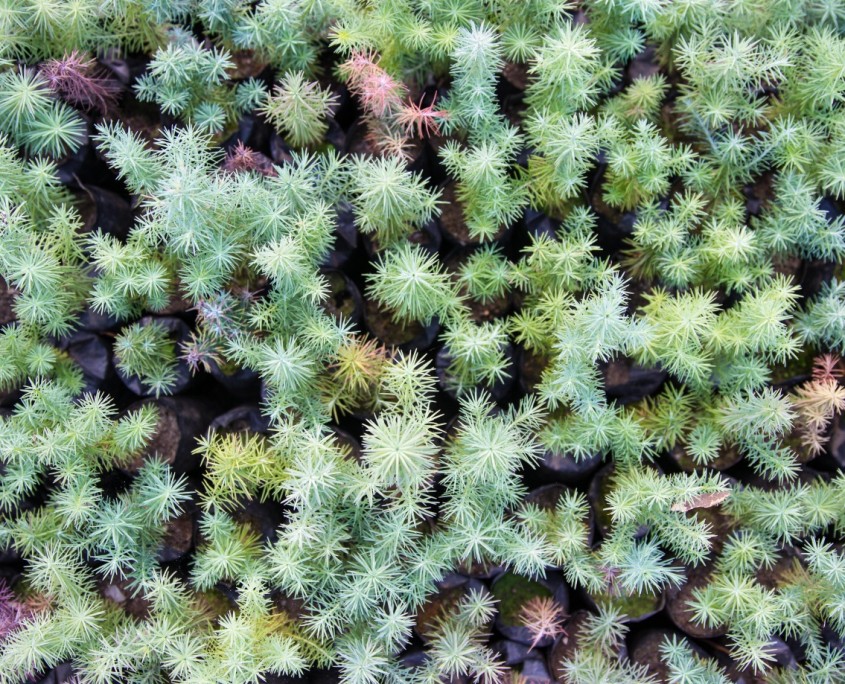
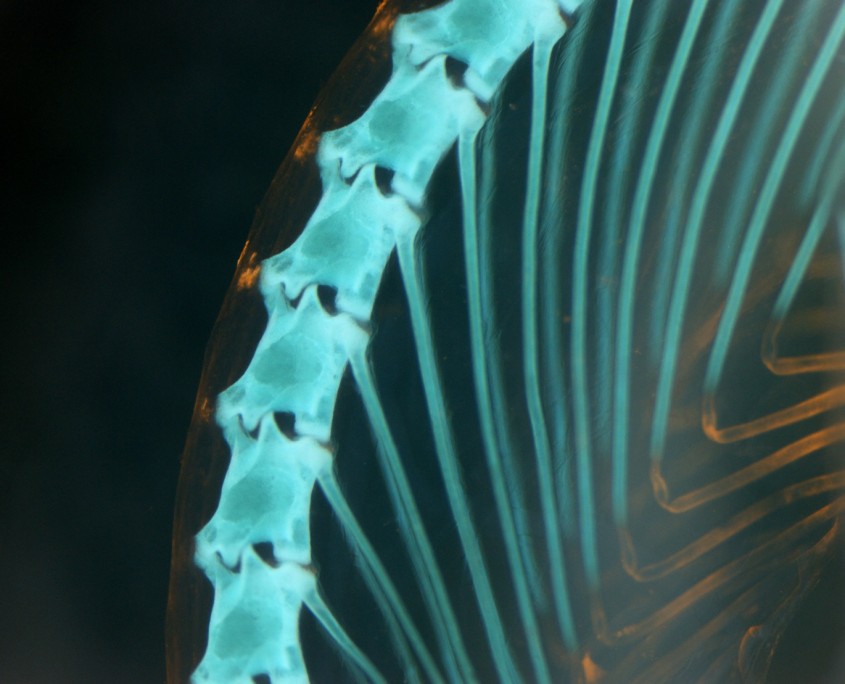
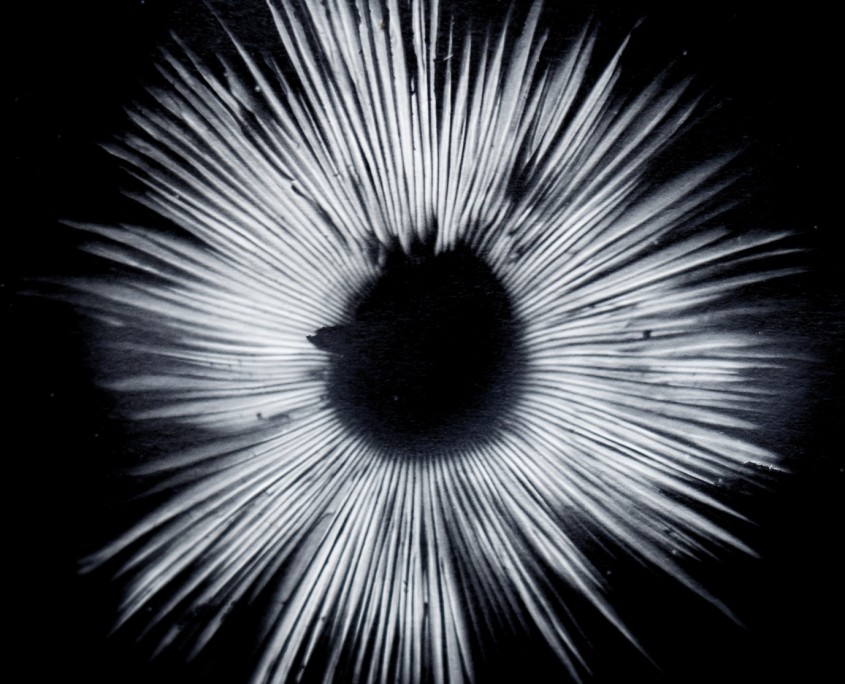
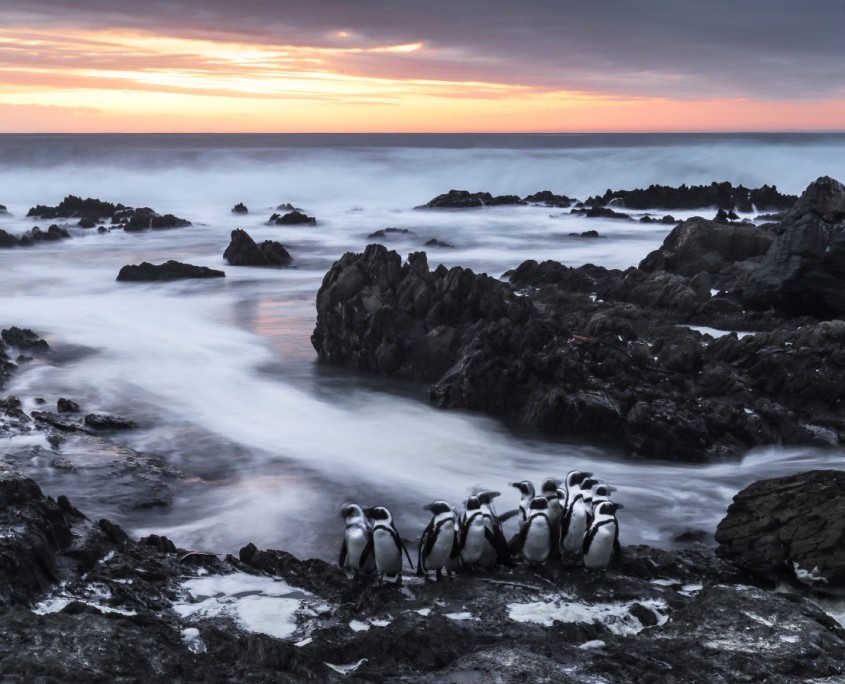
 The South Africa Agency for Science and Technology Advancement (SAASTA) is a business unit of the
The South Africa Agency for Science and Technology Advancement (SAASTA) is a business unit of the 